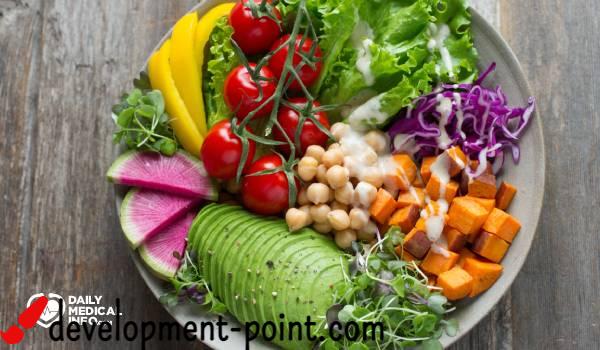Myrtle: Now discover its therapeutic and culinary benefits
Other names of the myrtle herb are al-hamblas, al-qamam, al-mursin, al-hadas, or basil. In English (Myrtus Communis). This herb grows in North Africa, Western Asia, and Southern Europe.
myrtle
Myrtle is a plant whose fruits, leaves and branches are used to make medicine. Its leaves are dried like bay leaves for culinary uses. The essential oil is also extracted for multiple medicinal uses.
Benefits of myrtle herb
Potential benefits of myrtle include:
Cancer prevention
Myrtle is high in antioxidants, including quercetin, tannins, myricitin, and catechin. According to a research report in the Natural Product Communications Journal. The chemical composition of myrtle is very similar to that of sandalwood, and its use has been associated with reducing the chances of developing prostate and breast cancer.
heart disease
Myrtle is composed of various flavonoids. Which has proven its ability to reduce the oxidation of harmful cholesterol. Thus maintaining cholesterol levels, preventing blockage of blood vessels and arteries, which leads to maintaining heart health.
Skin care
Where the myrtle herb can be used to treat skin imperfections such as acne. The organic compounds and antioxidants in myrtle help cells heal faster. Myrtle is also used on the skin to treat sores, in addition to that it can be used as a mouthwash for gum disease.
Myrtle and kidney health
One of the ancient uses of myrtle leaves is to treat kidney and urinary tract problems, such as bladder conditions. As myrtle stimulates urination, thus eliminating toxins, fats, and excess salts. This results in the preservation of kidney function.
Digestive health
Myrtle leaves are used in the treatment of digestive disorders such as diarrhea, persistent heartburn, yeast infections, worms, gastroenteritis, and hemorrhoids.
Hormone balance
Some studies have shown that myrtle oil has an effective effect on the endocrine system, especially the thyroid glands. Thus affecting the secretion of hormones, especially with regard to women’s reproductive health.
Boosting the immune system
Many studies have shown the importance of myrtle in treating bacteria and parasites. It is also used to treat lung infections such as bronchitis, whooping cough, and tuberculosis.
The use of myrtle in cooking
Various parts of the myrtle plant are used in some food and cosmetic industries.
- In cooking, its leaves can be used raw or cooked. Where myrtle leaves are used in making salads and soups.
- Myrtle is used as a food flavoring, to support chicken, fish and meat dishes. Especially in the countries of the Middle East.
- It also interferes in the preparation of jam.
As for cosmetics, it is involved in the manufacture of some products such as skin care and anti-aging products.
Cautions when using
- Myrtle oil is not considered safe if taken orally.
- Myrtle oil contains a chemical. It can cause some health problems such as low blood pressure, circulatory disorder or triggering attacks of asthma or lung failure.
- It is not recommended for use in cases of pregnancy and lactation, and in cases of infants and children.
- Myrtle oil may have rare side effects such as nausea, vomiting, and diarrhea.
- Excess doses of myrtle oil (more than 10g) can lead to life-threatening poisoning, due to the high cineole content.
Despite the multiple benefits of myrtle herb, it is used in the treatment of many diseases. However, it is still under study, to find out more health benefits and uses for humans.

